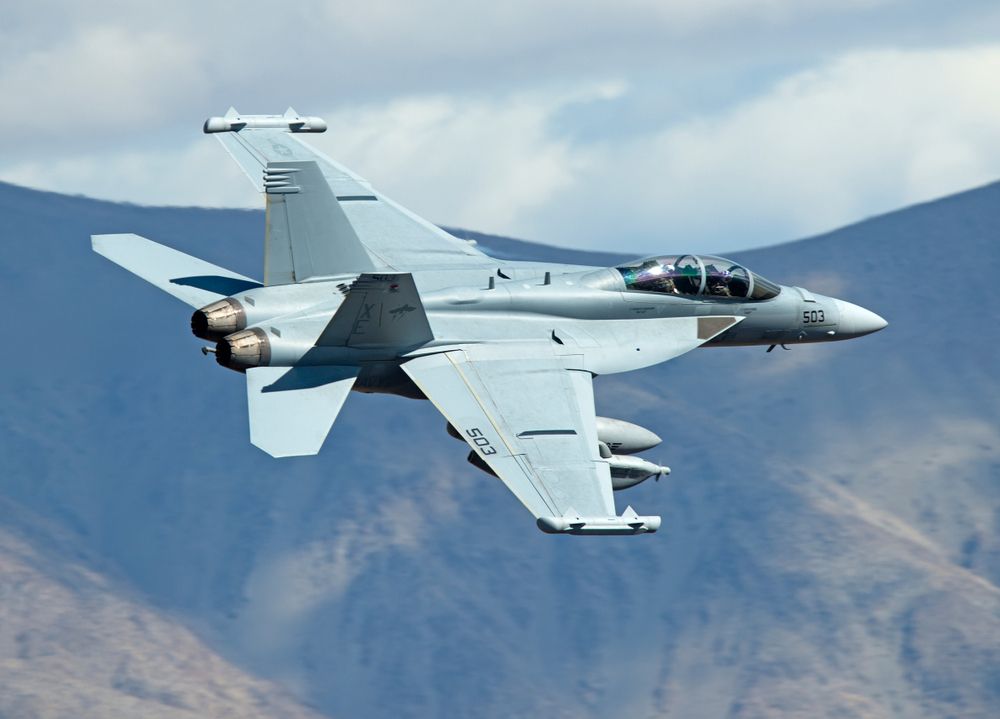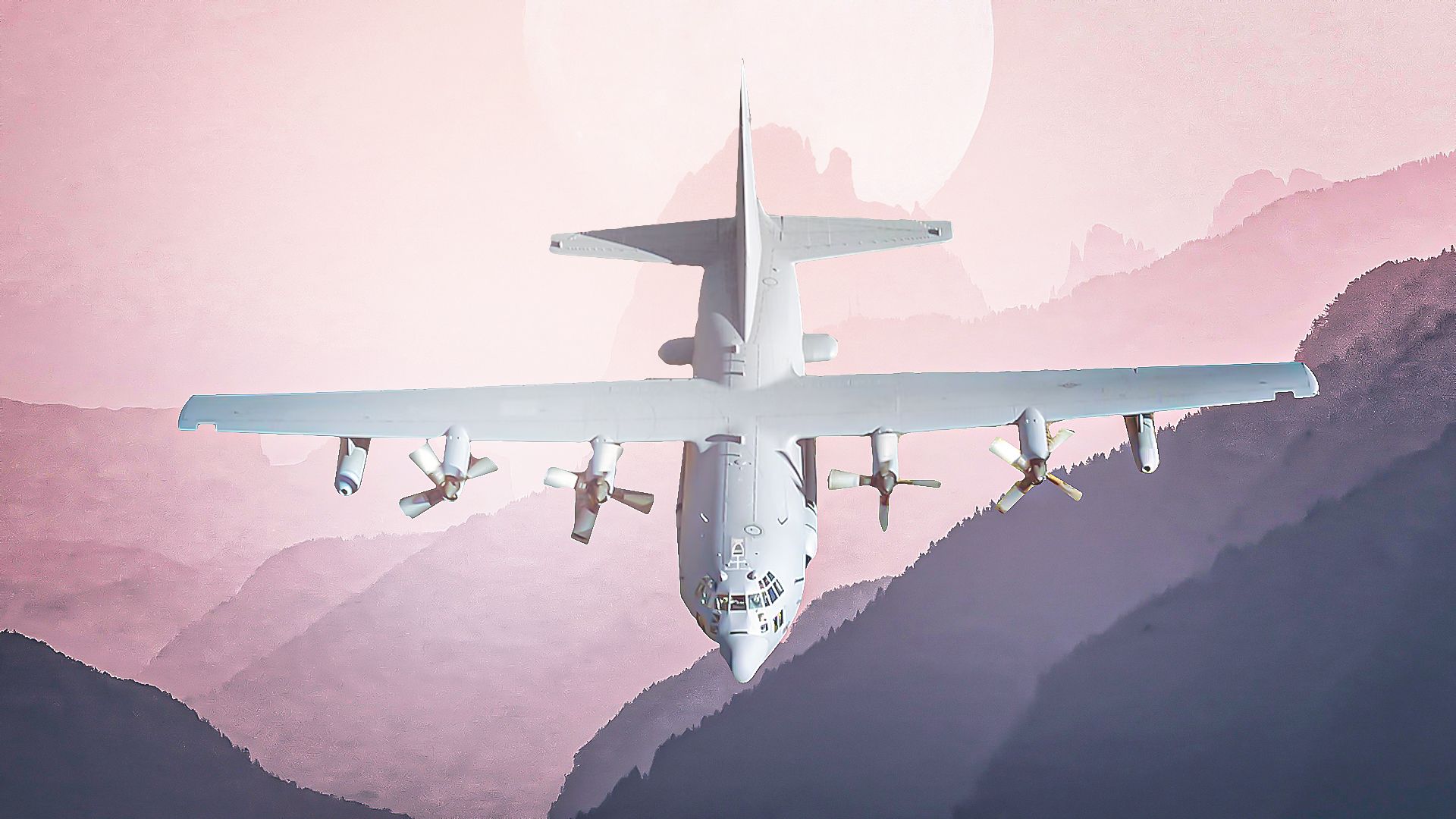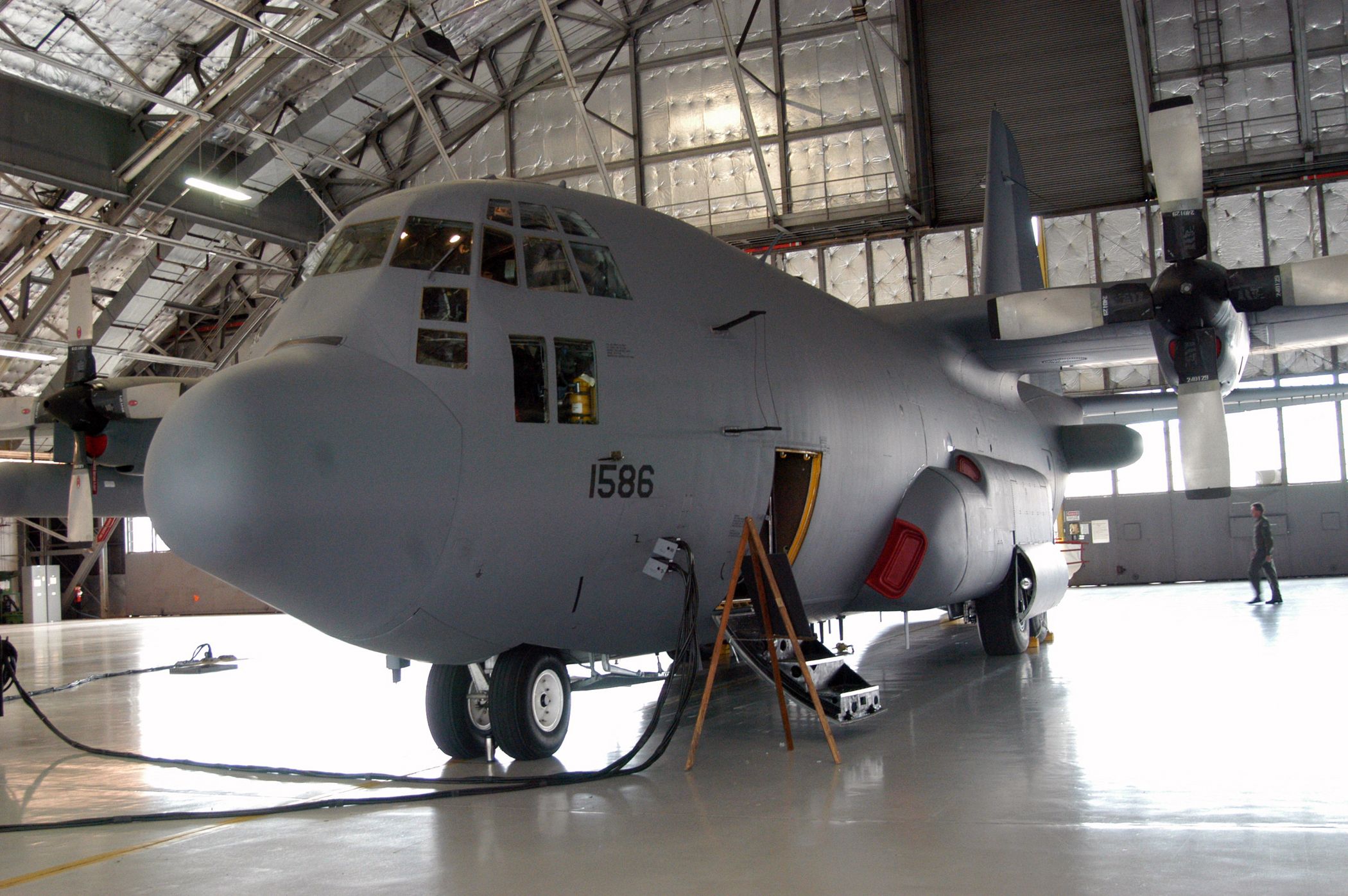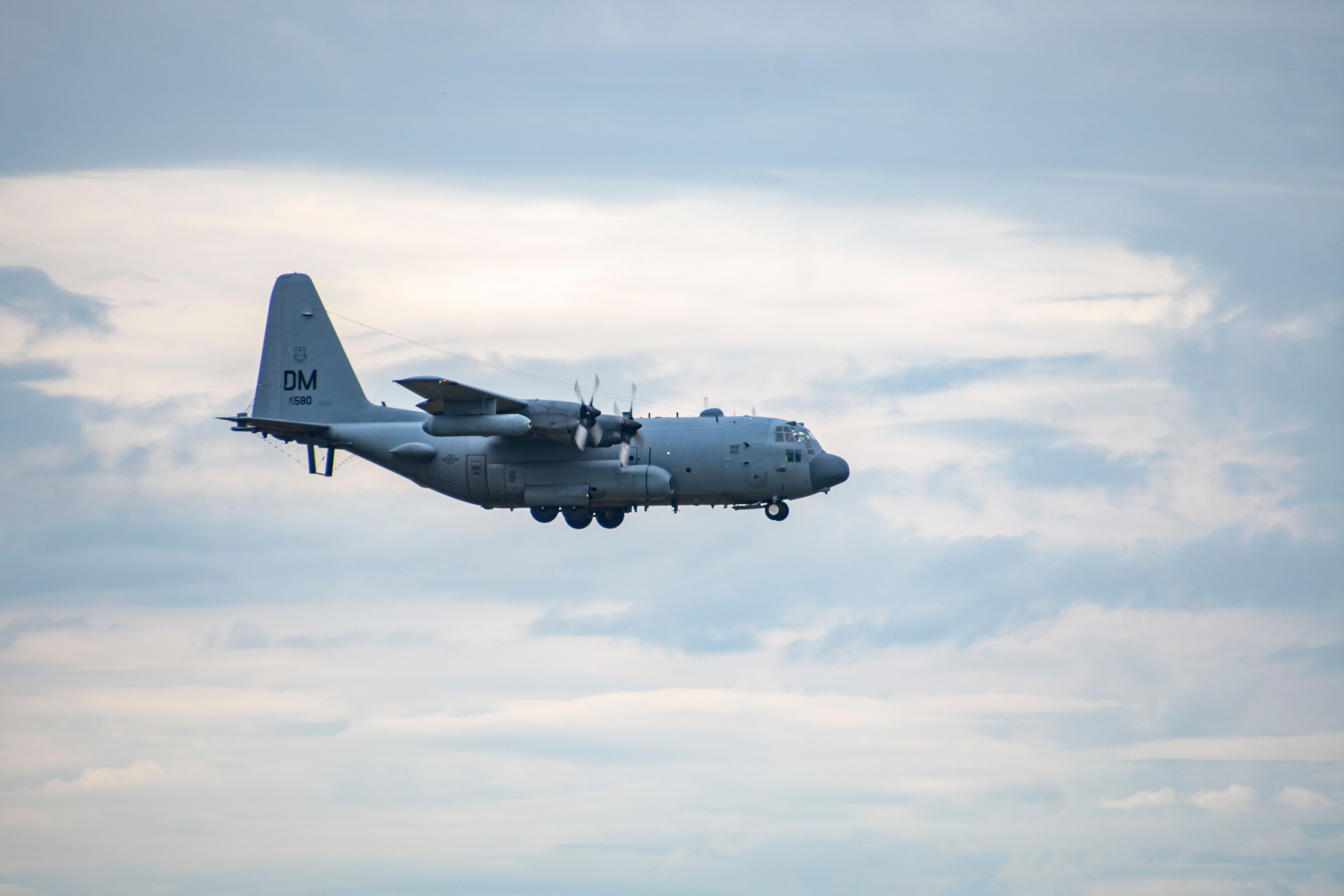Summary
- EC-130H Compass Call has been vital in SEAD operations to suppress an enemy’s air defense systems.
- The US relies on the SEAD triad including F-16CJ Fighting Falcon, EC-130H/EA-37B Compass Call, and EA-18G Growler.
- Aging EC-130Hs are being replaced by modern EA-37Bs with improved capabilities for electronic warfare.
The US Air Force EC-130H Compass Call has served as an important airborne electronic attack weapon system and is based on a heavily modified version of the C-130 Hercules airframe. While the EC-130H Compass Call may look like another Hercules on the outside, its role is similar to that of the EA-18G Growler, which specializes in electronic warfare (the Growler is based on the F/A-18F Super Hornet).
Electronic warfare is a form of warfare that the United States has long placed a good deal of emphasis on in order to overcome enemy air defense.
Importance of electronic warfare
When conflict breaks out, the EC-130H Compass Call is important in the Suppression of Enemy Air Defense (SEAD). Once electronic warfare has suppressed an enemy’s air defense (like radars and communications), the Air Force can conduct penetration or DEAD (Destruction of Enemy Air Defense) operations.
The monumental failure of the on-paper vastly larger and more modern Russian Air Force to conduct SEAD and DEAD operations against Ukraine’s small, aging air force and extensive legacy air defense network highlights the importance of electronic warfare.
After 2.5 years of war, Ukraine’s old air defense network (now reinforced with Western SAM systems) and embattled legacy Soviet air force continue to deny the Russian Air Force airspace behind the frontline.
By contrast, the United States places a huge emphasis on electronic attack capabilities. These capabilities allow the US armed forces to pick an enemy’s air defense apart and systematically dismantle and destroy it.
![7064667 - Wireless capable ruggedized laptops enhance maintenance capabilities [Image 1 of 5]](https://static1.simpleflyingimages.com/wordpress/wp-content/uploads/2024/06/7064667.jpg)
Related
USAF Set To Hit Rapid Electronic Warfare Updates Breakthrough
The US Air Force is working to update all its platforms in three hours or less because “data is the weapon.”
The US’s SEAD triad
The EC-130H Compass Call’s SEAD systems disrupt enemy command and control communications and limit their ability to coordinate a response. With the retirement of the EA-6B Prowler (based on the venerable A-6 Intruder), the EC-130H, the F-16CJ Fighting Falcon, the new EA-37B Compass Call, and the Navy’s EA-18G Growler provide the US with a triad of electronic attack capabilities.
|
US electronic attack aircraft: |
Status: |
Airframe: |
|---|---|---|
|
EA-6B Prower: |
retired |
A-6 Intruder |
|
EC-130H Compass Call: |
in service (being phased out) |
C-130 Hercules |
|
F-16CJ Fighting Falcon: |
in service |
F-16 |
|
EA-18G Growler: |
in service |
F/A-18F Super Hornet |
|
EA-37B Compass Call: |
being brought into service |
G550 Gulfstream |
Photo: US Air Force
How many Block 50/52 F-16 Fighting Falcons have been delivered to the Air Force to serve an electronic attack role is unclear. The first electronic warfare, the Fighting Falcon, was delivered to the Air Force in 1993.
The EA-18G Growlers retain their fighting capabilities and enable the Navy to conduct SEAD and DEAD operations from its aircraft carriers. As the Fighting Falcons and Growlers are fighter jets, they can carry missiles to destroy enemy air defenses instead of just suppressing them.

Related
The Boeing EA-18G Growler: 5 Things You Need To Know
A quick dive into the fighter and its 15-year history.
The Air Force’s fleet of EC-130Hs
Compass Call made its first flight in 1981, was delivered to the Air Force in 1982, and came into service in 1983. Since then, it has been used in many conflicts, including Kosovo, Haiti, Libya, Panama, Iraq, Serbia, and Afghanistan.
The Air Force’s EC-130Hs are based at the massive Davis-Monthan Air Force Base in Arizona and are kept in a state of readiness that allows them to be deployed worldwide at short notice.
|
Characteristics of the EC-130H |
|
|---|---|
|
Role: |
electronic warfare, suppression of enemy air defenses, and offensive counter information |
|
Crew: |
13 |
|
Speed: |
300 mph at 20,000 feet |
|
Power plant: |
4x Allison T56-A-15 turboprops |
|
Contractors: |
BAE Systems (prime mission equipment), and L3 Communications (aircraft integration and depot maintenance) |
Photo: US Air Force
There is little reporting on the somewhat secretive electronic attack aircraft, and it is unclear how many remain in service. However, it does appear that most of the EC-130Hs have already been retired.
The Air Force Times cited the Air Force and stated that 9 of the 14 EC-130Hs were retired by November 2023. The Air Force website (apparently un-updated) still lists all 14 in inventory.
EA-37B Compass Call Replacement
The 43rd Electronic Combat Squadron was the first to retire the EC-130H and transition to its new replacement. The 41st and 42nd Electronic Combat Squadrons will continue to fly EC-130Hs until replacement EA-37Bs arrive.
In March 2024, the Offutt Air Force base reported, “The 43rd Electronic Combat Squadron took its final flight in the EC-130H Compass Call aircraft on Feb. 15, 2024, at Davis-Monthan Air Force Base, Ariz. The Air Force is replacing the aging fleet of EC-130H aircraft with new EA-37Bs.”
The EC-130Hs are aging and are being replaced by the new EA-37B Compass Call (based on the Gulfstream G550 business jet). In the 2025 Fiscal Year, the Air Force plans to add five EA-37Bs as it moves to a smaller, more modern set of airborne jammers.
It is unclear what will become of the retired EC-130Hs, although it is possible they will be placed into the boneyard at Davis-Monthan Air Force Base.
The much smaller size of the Gulfstream G550-based Compass Call replacement, in part, reflects how electronics have miniaturized over the years. The new sleek Gulfstream G550 business jets can fly over 40,000 feet at almost 600 mph – almost double the altitude and speed of the legacy EC-130Hs.
They are considered more capable and survivable than the legacy EC-130H Compass Call aircraft. While the EC-130H carries a 13-person crew, that number has been reduced to nine on the EC-37Bs.


![3104202 - EC-130H COMPASS CALL OPERATION INHERENT RESOLVE MEDIA DAY [Image 2 of 11]](https://static1.simpleflyingimages.com/wordpress/wp-content/uploads/2024/06/3104202.jpg)


![8183511 (16x9) - Flight Operations [Image 39 of 51] - 16:9 of Boeing EA-18G Growler launching from USS Gerald Ford using EMALS](https://static1.simpleflyingimages.com/wordpress/wp-content/uploads/2024/03/8183511-16x9.jpg)